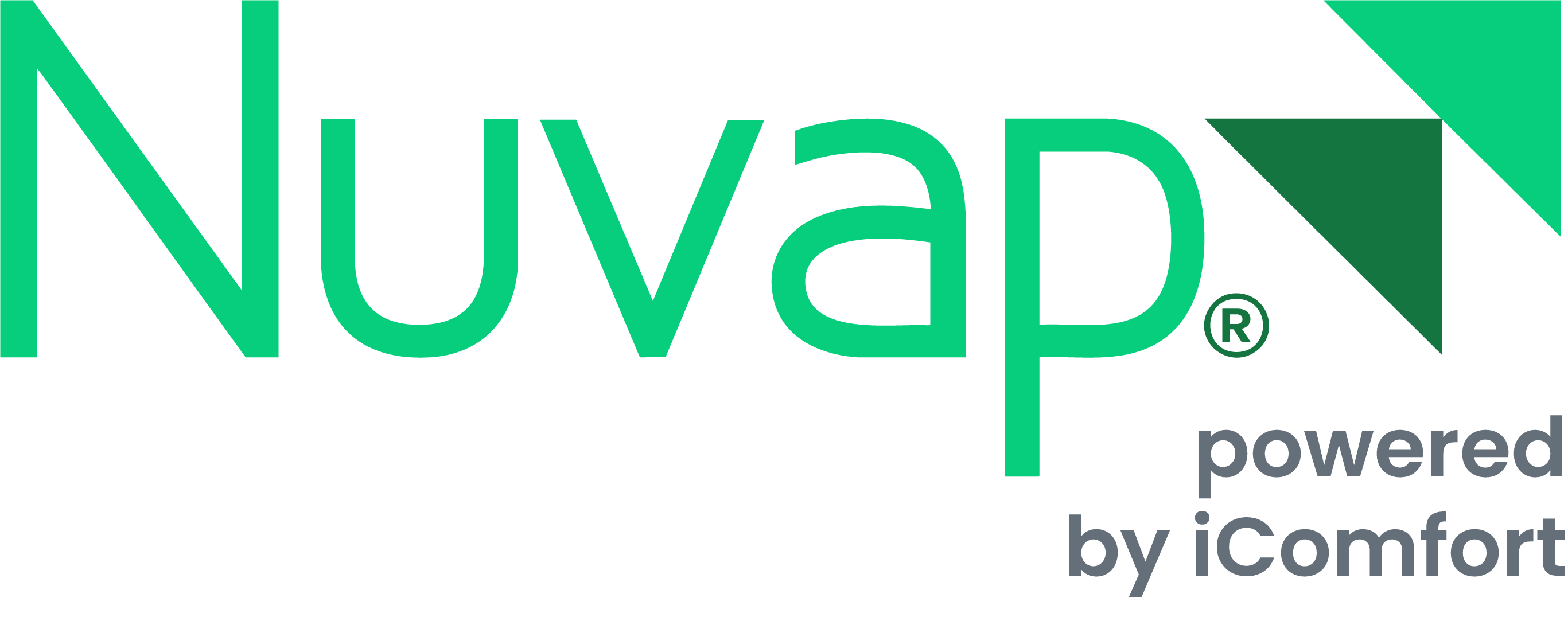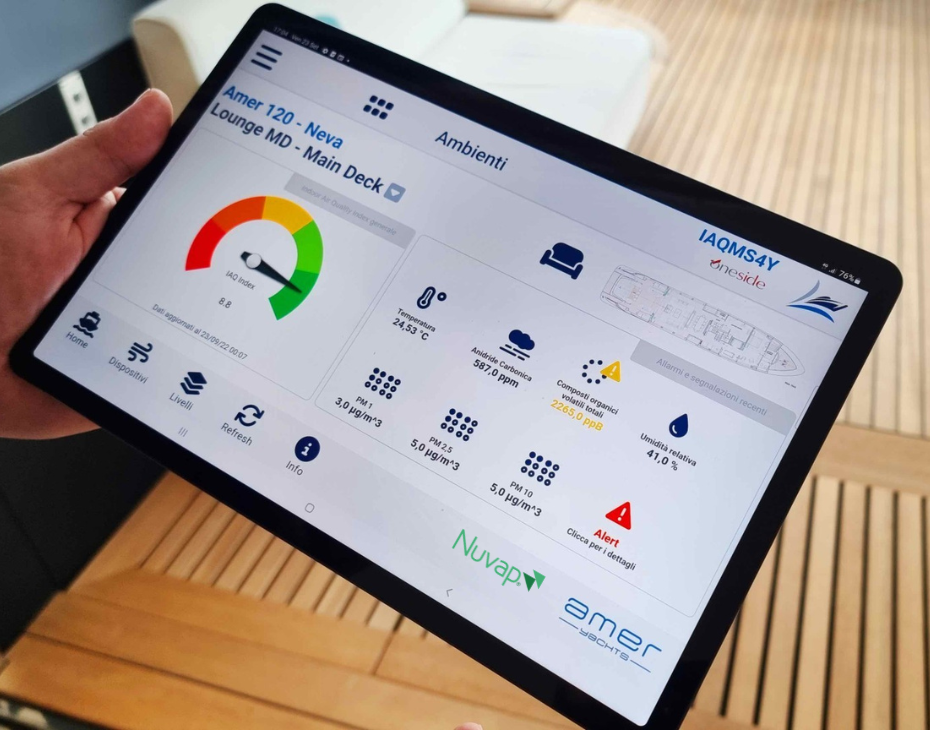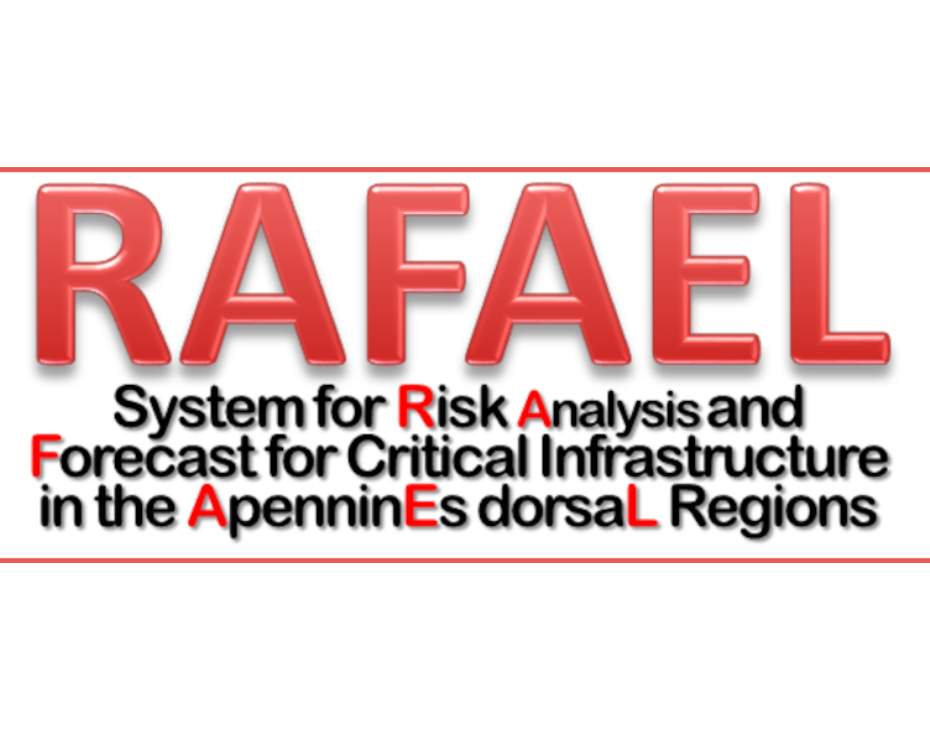A research project has been published about Indoor Environmental Quality in 100 offices.
The offices belong to 11 different vertical markets in the tertiary sector. By number of occupants, they range between 3 and 40 people. Most of them are open space offices, 2 are co-working spaces and 1 is a call center.
The analysis considered 20 environmental quality parameters (chemical and physical pollutants). In order to facilitate the comparison, Nuvap has developed the Nuvap Index (indoor environmental quality index), which may have a value between 1 and 10 and takes into account all the monitored parameters and various aspects related to each pollutant. 20% of the offices reported an insufficient Nuvap IEQ Index (in 5 cases it was lower than 4); only 19 companies reported an Index greater than 8 and the highest recorded value was 9.17.

A high variability of each parameter has been observed. The differences between periods of occupancy and periods of closure of offices (day / night and weekdays / weekends) were up to 80%. These differences highlight the impact of the ventilation and human activities on indoor IEQ.

Some pollutants have had a greater impact in compromising the value of the Nuvap Index: Gas Radon (26 offices), VOC (33 offices) and Formaldehyde are the parameters that have exceeded the alert values for more than 25% of the days. The noise was too high in 11 offices.

It is not possible to define a pollution profile typical of a type of office, or a sector or a geographical area. It is clear that indoor pollution is influenced by a mix of conditions that change on a case by case basis, mainly related to the human activities and the operations of the building systems.
The project demonstrated the importance of continuous monitoring. It enables improvement programs and innovation initiatives, offering:
‣ greater awareness about the highlighted problems;
‣ support for the implementation of best practices and behavioral solutions at zero cost;
‣ support for the communication of high indoor environmental quality conditions.
The research project won the third edition of the eHealth4all award, organized by Club TI Milan, CDTI and AICA. Its theme was “Prevention 4.0 – technologies and solutions for today’s and tomorrow’s health”.




